Crate training can be an invaluable tool for teaching your Doberman puppy good behavior and providing them with a safe space of their own. In this guide, we’ll walk you through the step-by-step process of crate training your Doberman, from selecting the right crate to establishing positive associations. Here is the complete guide in 4 parts for crate training Doberman puppy.
Part 1: Beginning with Doberman Crate Training
Every Doberman puppy owner knows the joy these loyal companions bring. Their playful antics, boundless energy, and affectionate nature make them a favorite among dog enthusiasts. But as with all puppies, there’s a learning curve involved, especially when it comes to crate training.
Understanding Crate Training for Doberman Puppy
Crate training or Crating is more than just confining your pet; it’s about creating a safe haven for them. A well-executed crate training regimen can strengthen the bond between the Doberman puppy and its owner. This process ensures that your Doberman puppy feels secure, reducing potential behavioral issues in the future. Understanding the Benefits of Crate Training offers deeper insights into this essential training aspect.
Benefits of Crate Training
One of the primary benefits are providing your pup with a sense of safety and security. This personal space becomes their sanctuary, a place they can retreat to when they need some alone time. Furthermore, crating plays a pivotal role in preventing separation anxiety. When trained properly, your Doberman learns to spend short periods of time alone without feeling anxious, ensuring their mental well-being.
Another significant advantage is home protection. A crate training Doberman puppy is less likely to cause damage or create messes when left unsupervised. But perhaps one of the most notable benefits is its role in assisting with potty training. Establishing a routine with the crate helps your puppy understand the right times and places to relieve themselves, making the potty training process smoother.
Setting the Stage for Crate Acceptance
Crate training a Doberman can come with its set of challenges. It’s crucial to select an appropriate crate size tailored for a Doberman’s needs. Personalizing the crate with blankets and toys makes it more inviting, ensuring your puppy feels at home. Positive reinforcement, using treats and toys as rewards, can significantly enhance the training process, especially given the unique temperament of Dobermans.
Kickstarting the Training Journey
Before diving into the training, gather the essentials. This includes a right-sized crate, comfort items, and treats or the puppy’s favorite food as incentives. Consistency is key when you crate train. Regular training sessions, coupled with a constructive mindset, set the stage for success.
Incorporating these techniques and understanding the benefits will ensure your Doberman puppy grows into a well-adjusted adult, making the journey rewarding for both of you.
Part 2: Advanced Techniques and Considerations
Crating a Doberman goes beyond the basics. As your furry friend matures, the intricacies of crate training evolve, demanding a more nuanced approach. Let’s delve deeper into the advanced strategies and considerations that can make crate training a seamless experience for both you and your Doberman.
Choosing the Right Crate to Train a Doberman Pinscher
The foundation of successful crating lies in selecting the perfect tool to crate train. Different crates cater to various needs:
- Wire Crates: These offer excellent ventilation and allow your Doberman to see its surroundings.
- Plastic Crates: Ideal for travel, they provide a cozy, den-like feeling.
- Fabric Crates: Lightweight and portable, but best for Dobermans already accustomed to crates.
Position your chosen crate in a tranquil, low-traffic corner of your home, minimizing potential disturbances.
Selecting the Right Sized Crate
Ensure the crate is spacious with enough space for your Doberman to move comfortably. This means they should be able to stand, turn around, and stretch out without any constraints. For a comprehensive guide on crate dimensions and types, Selecting the Perfect Crate Size is an invaluable resource.
Doberman Pinschers are a large breed known for their muscular and robust physique. Male Dobermans typically stand between 26 to 28 inches tall at the shoulder and weigh around 75 to 100 pounds. In contrast, females are slightly smaller, usually measuring 24 to 26 inches in height and weighing between 60 to 90 pounds.
In order to adjust a growing puppy, consider getting a crate that uses dividers.
Making the Crate a Welcoming Space
Transforming the dog crate into a haven for your Doberman involves several steps:
- Bedding: A plush dog bed or a soft blanket can make the crate feel more inviting.
- Toys: Incorporate a chew toy will keep your young puppy engaged and entertained.
- Feeding: Consider placing a food bowl inside for scheduled feeding times. This not only makes mealtime special but also strengthens the association of the crate with positive experiences.
- Personal Touch: Adding items with familiar scents or your Doberman’s favorite toys can make the crate feel incredibly homely.
Addressing Common Crate Training Challenges
Training a Doberman, known for its intelligence and sometimes stubborn nature, can present unique challenges:
- Separation Anxiety: This is common in many dogs, including Dobermans. Gradual training, where you leave your dog alone for increasing time intervals, can help alleviate this anxiety.
- Night-time Crating: Ensure the crate is in a quiet place, away from nighttime household activity, allowing your Doberman a peaceful good night sleep.
- Reluctance and Negative Associations: Never use the crate as a punishment. If your Doberman hesitates to enter, lure them in with treats or toys, reinforcing a positive crate experience.
Transitioning to Longer Crate Durations
As your Doberman becomes more accustomed to the dog crate, it’s time to extend their stay:
- Incremental Increases: Start with short durations, with the crate door open, adding an extra few minutes each time. As your new puppy becomes more comfortable inside the crate with the door open, begin to close the door for greater durations. Although a puppy can sleep 18-19 hours a day. They will need regular potty breaks depending on their age.
- Behavior Monitoring: Keep an eye on your Doberman’s behavior. Signs of distress, like excessive whining or pawing at the crate door, indicate discomfort.
- Positive Reinforcement: Whenever your Doberman spends a longer duration in the crate without fuss, reward them. This could be in the form of praise, treats, or playtime.
By integrating these advanced techniques and paying attention to your Doberman’s unique needs, the crate train process can become a positive, stress-free experience, laying the foundation for a well-adjusted adult Doberman.
Part 3: Delving Deeper into Doberman Crate Training

Crate Training Doberman Puppy
Dobermans, with their distinct appearance and sharp intellect, are a breed that demands understanding and patience, especially during crate training. Their unique blend of energy, size, and intelligence requires a tailored approach.
Understanding Doberman Behavior in the Crate
Dobermans are not just incredibly smart; they’re also known for their assertiveness and curiosity. Their high trainability makes them quick learners, but this intelligence also means they thrive on mental challenges. Given their stature, it’s crucial that the crate offers ample space, allowing them to move, stretch, and engage with their chew toys without feeling confined.
Their high-energy nature means they need ample exercise outside the crate to ensure they remain calm when inside. To truly grasp the intricacies of Doberman behavior, the Deep Dive into Doberman Behavior offers invaluable insights.
Safety Precautions Inside the Crate
Your Doberman’s safety should always be a top priority. The crate should be devoid of any sharp edges or points. A secure crate door is essential, especially given a Doberman’s problem-solving abilities. Regularly inspect toys for any signs of wear and tear, ensuring they remain safe for play. Additionally, ensure that small objects, potential choking hazards, are kept away from the crate.
Step-by-Step Process for Crate Training
- Introduction: Position the crate in a family-centric area, allowing your Doberman to explore with the crate door open.
- Meal Times: Initiate feeding inside the crate, creating a strong positive association.
- Short Durations: Begin with 10-minute or less intervals in the crate, extending by 5 minutes gradually as your pup gets comfortable.
- Positive Reinforcement: Every time your Doberman enters the crate willingly, reward with a treat or praise.
- Overnight Training: Start with a few hours each night, gradually extending until your Doberman is comfortable spending the entire night.
- Leaving the House: Begin with 30-minute intervals when you’re out, increasing the duration over weeks.
- Consistency: Stick to a routine, ensuring your Doberman knows what to expect.
A Sample Crate Train Routine:
Training Older Dobermans
Crating an older dog can be more challenging than a young puppy. Established habits might need revisiting. However, with patience and the right techniques, even mature Dobermans can adapt.
Maintaining a Clean Crate Environment
A clean crate is a happy crate. Ensure regular cleaning and use easily washable bedding. Address any “accidents” immediately, ensuring the crate remains a positive space.
By delving deeper into the Doberman’s unique characteristics and needs, and by following a structured routine, crate training can be a harmonious journey for both the owner and the dog.
Part 4: Ensuring Long-Term Success in Doberman Crate Training
Crating, while essential, is just one facet of raising a well-adjusted Doberman. As your Doberman matures, it’s crucial to ensure that the foundation laid through crate training translates into long-term success.
The Importance of Routine in Crate Training
Establishing a consistent routine is paramount for your Doberman. This includes set times for crating, play, and meals. Routine helps mitigate separation anxiety and fosters trust. By reinforcing positive behavior and setting clear expectations, you pave the way for a harmonious relationship with your Doberman.
Socializing Your Doberman Alongside Crate Training
Socialization is vital for the incredibly smart Doberman breed. Balancing crate time with social interactions ensures a well-rounded and sociable Doberman. This involves introducing your Doberman to varied environments, diverse people, and other animals. Proper socialization not only enhances their adaptability but also curbs potential aggressive tendencies. Dive into Effective Socialization Strategies for Dobermans for comprehensive tips.
Exercise and Mental Stimulation Outside the Crate
Given the high energy levels of Dobermans, regular physical activity is non-negotiable. But it’s not just about physical exercise; the Doberman’s incredibly smart nature craves mental stimulation. Engage them in activities and games that challenge both their body and mind, ensuring a content and tired Doberman post-play.
Addressing Potential Health Concerns in the Crate
Always be vigilant for signs of discomfort or health issues when your Doberman is crated. A comfortable dog bed can prevent potential joint issues. Ensure the crate isn’t too cramped, as this can lead to muscle discomfort. Regular vet visits are crucial to preemptively address any health concerns.
Transitioning Away from the Crate
As your Doberman matures and becomes more accustomed to household routines, you might consider reducing crate time. Recognize the signs indicating they’re ready for more freedom. Ensure your home environment is safe for them to roam, and always prioritize their well-being.
By focusing on routine, socialization, exercise, health, and gradual transitions, you can ensure that the benefits of crate training extend into your Doberman’s adult life, fostering a bond built on trust and mutual respect.
Dealing with Setbacks in Crate Training
Setbacks are natural. Whether due to environmental changes, health issues, or stress, it’s essential to approach them with patience. Negative reinforcement isn’t the answer. Instead, consistent, positive strategies help overcome challenges and reinforce desired behaviors.
Preparing for Travel with a Crate-Trained Doberman
Traveling with a crate-trained Doberman simplifies the journey. Familiarize them with travel-specific crates and address any travel anxieties. Ensuring their comfort during transit makes for smooth travels.
In conclusion, by recognizing the individuality of your Doberman and continuously refining your approach, you can ensure a successful and positive crate training experience, laying the foundation for a trusting and loving relationship.
Conclusion: The Journey of Crate Training Doberman Puppy
Crate training is more than just confining your dog to a space; it’s about creating a safe haven for them. The importance of crating extends beyond mere convenience; it’s about the well-being and development of your Doberman. Through patience, consistency, and a deep understanding of your Doberman’s unique needs, you not only ensure successful crate training but also foster a bond built on trust and mutual respect.
More Dog Breeds





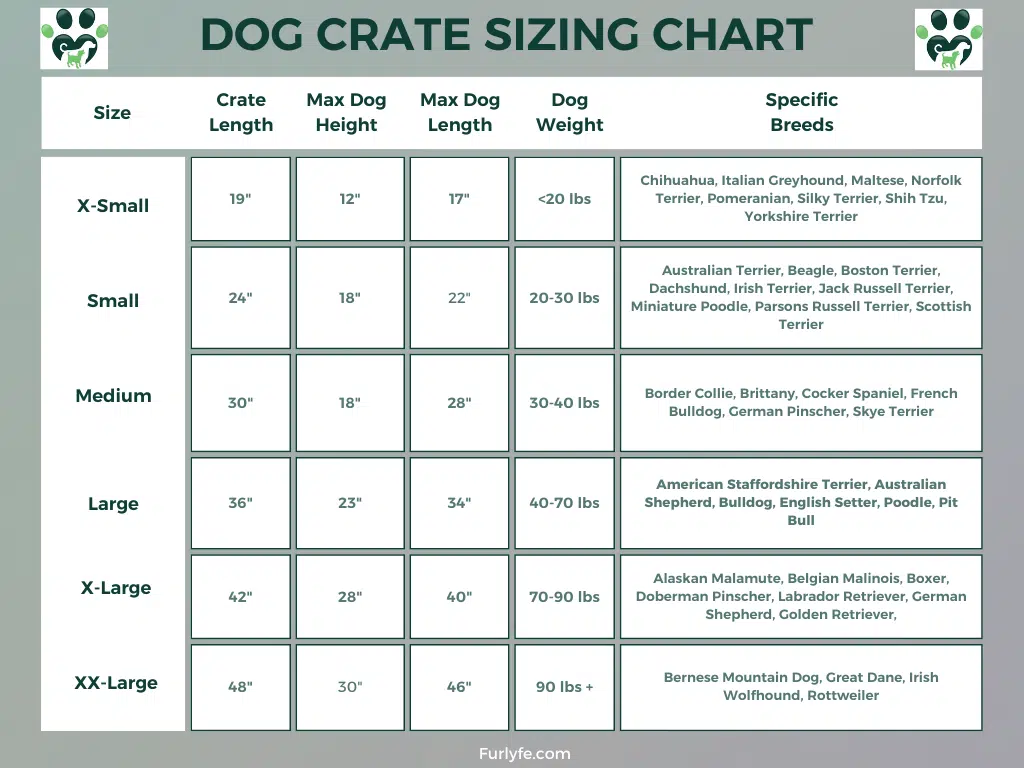
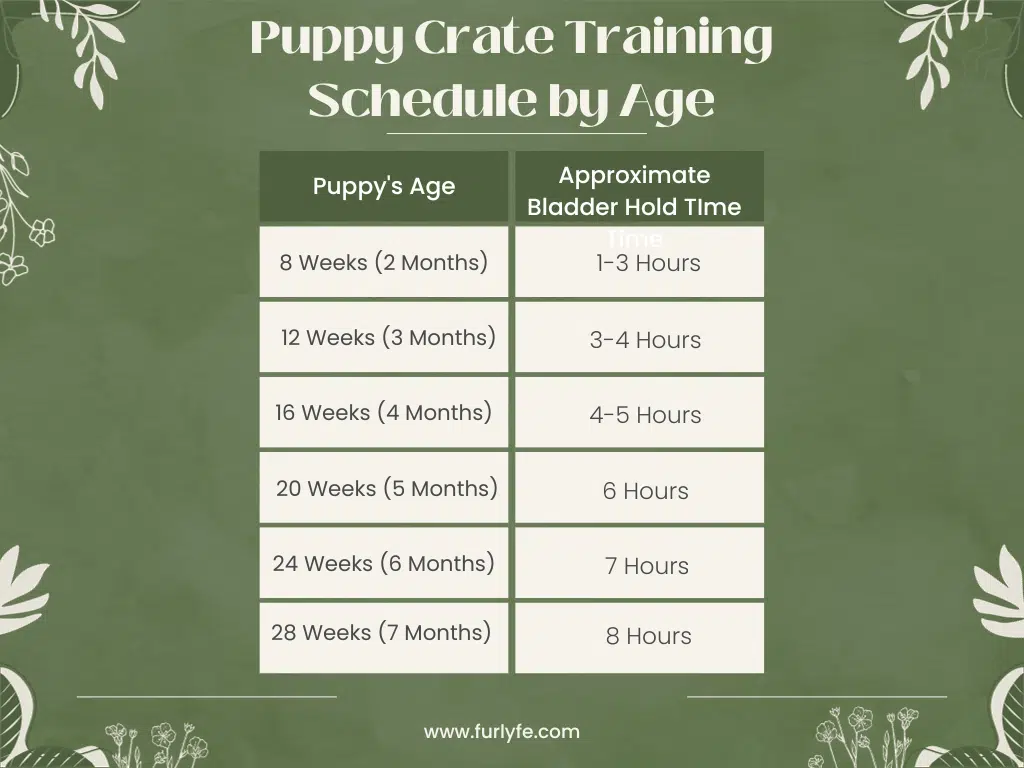
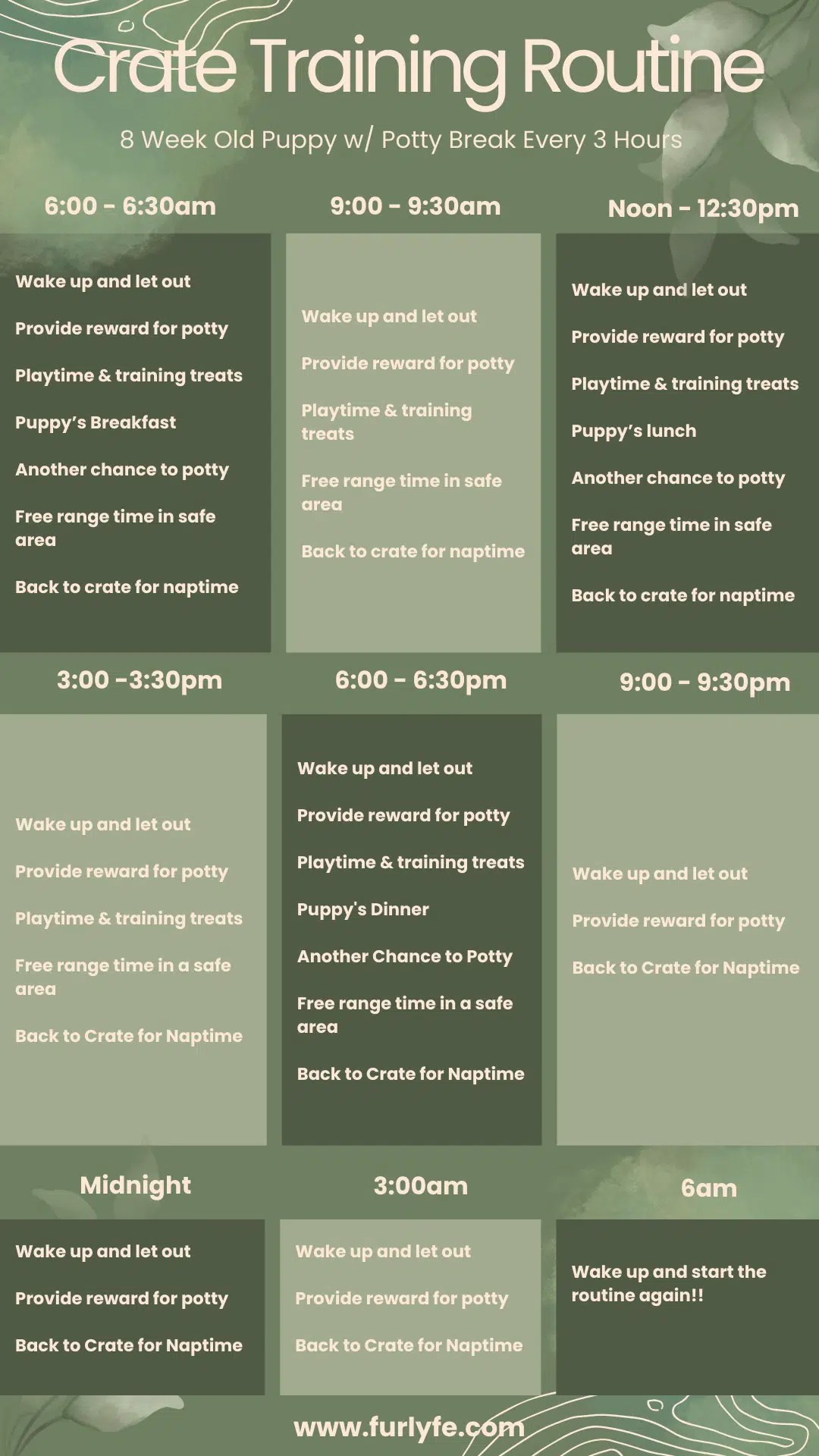
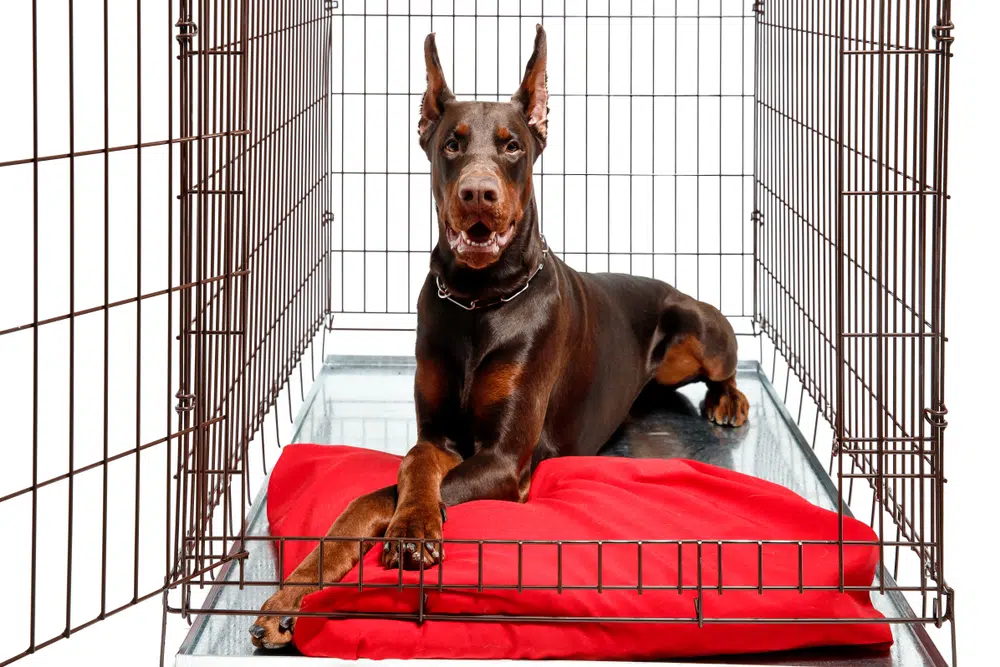

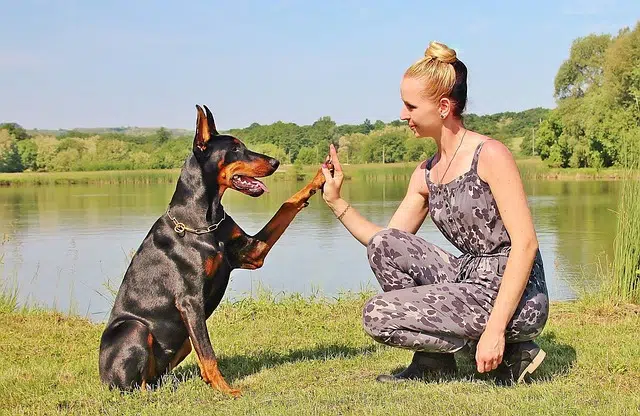



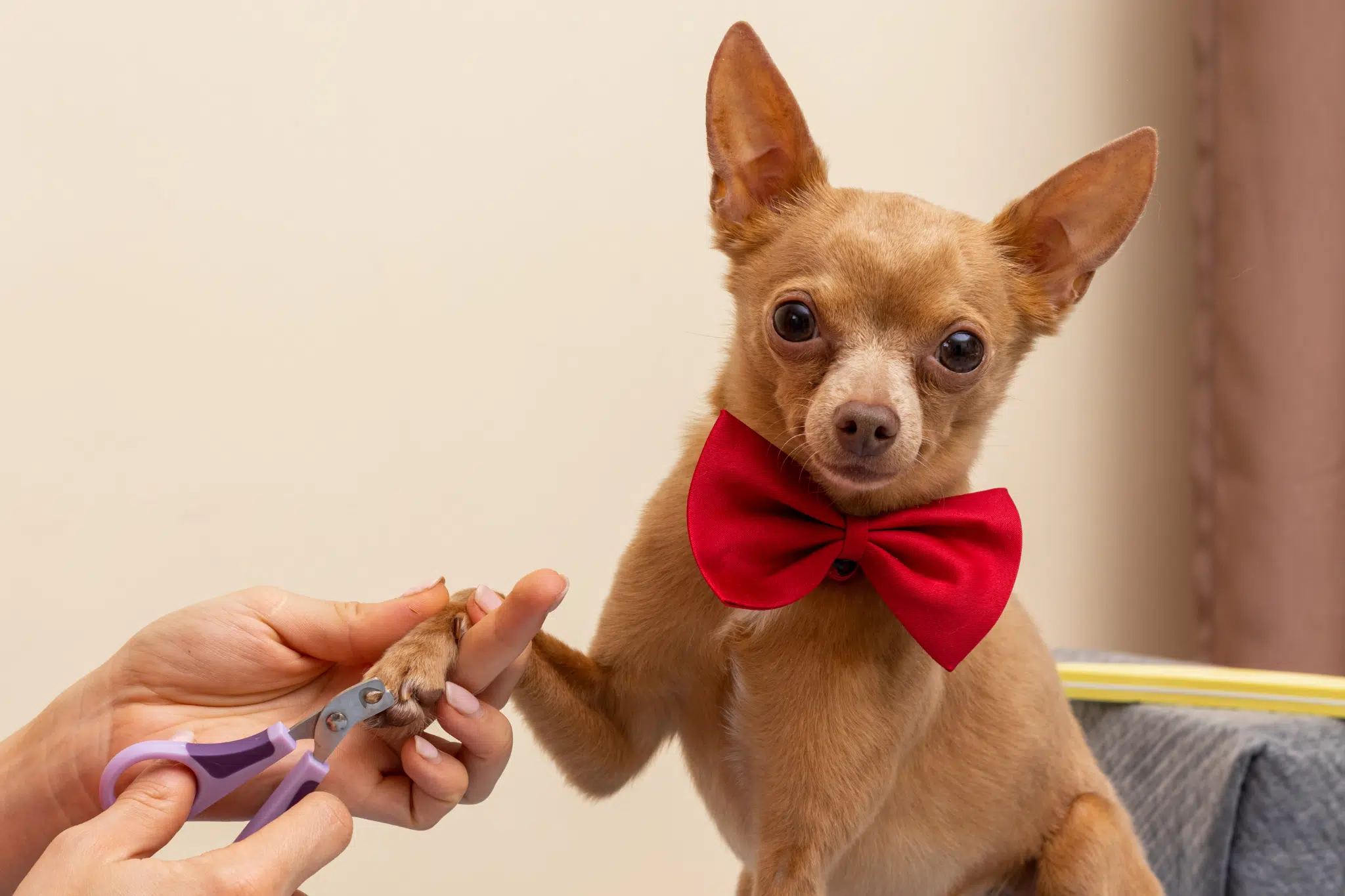


Get involved!
Comments